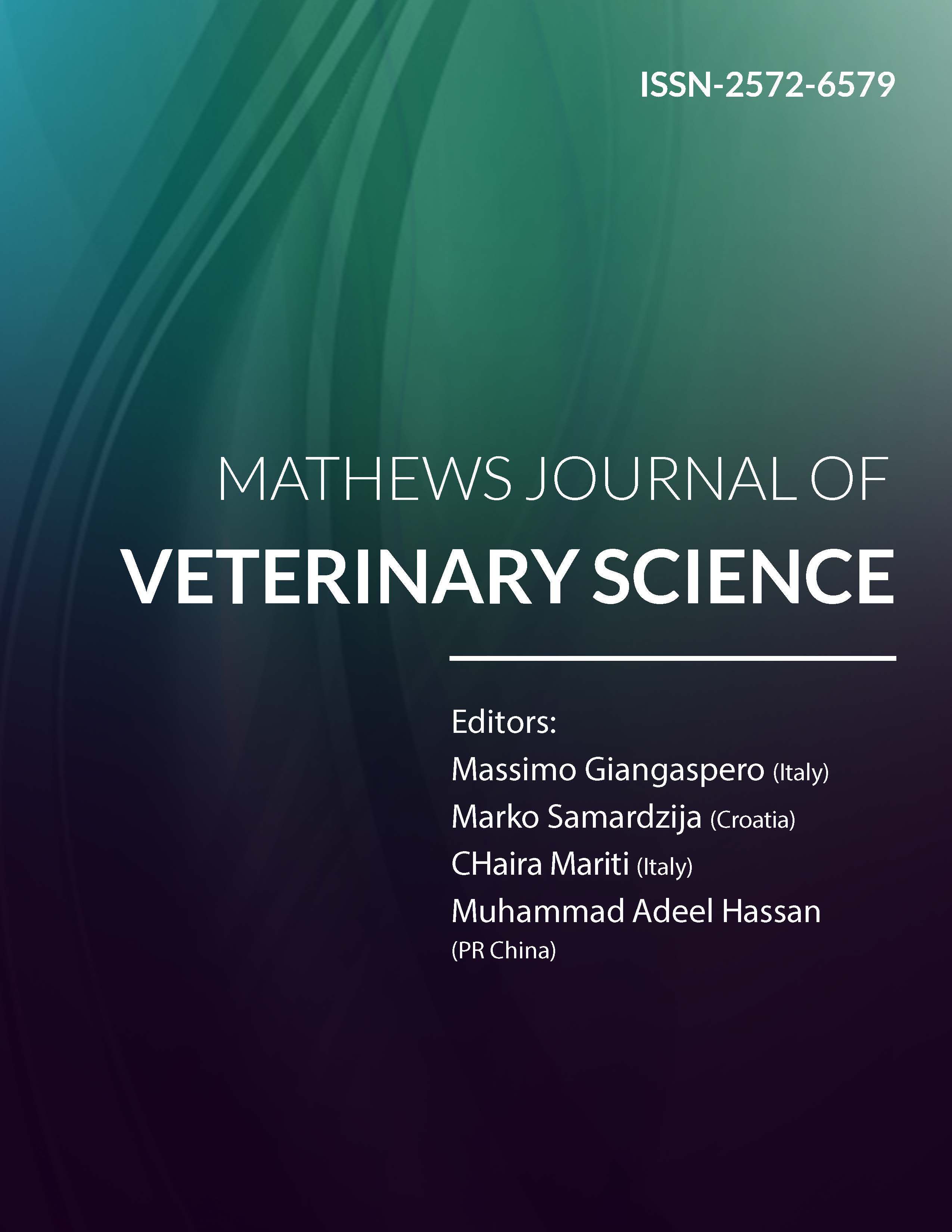
Information Links
Previous Issues Volume 8, Issue 1 - 2024
Energy Ecosystems of Ethiopia: With Special Focus on Solar Power Applications to Poultry Sector: A Review
Tekeba Eshetie*, Dereje Bekele
SNV (Netherlands Development Organization), Addis Ababa, Ethiopia
*Corresponding Author: Tekeba Eshetie, SNV (Netherlands Development Organization), Addis Ababa, Ethiopia; Email: [email protected]/[email protected]
Received Date: December 12, 2023
Publication Date: January 5, 2024
Citation: Eshetie T, et al. (2024). Energy Ecosystems of Ethiopia: With Special Focus on Solar Power Applications to Poultry Sector: A Review. Mathews J Vet Sci. 8(1):35.
Copyright: Eshetie T, et al. © (2024)
ABSTRACT
Ethiopia is one of the countries in Africa in which energy resources are underexploited; as evident from the past, significant energy demands are still met from traditional resources. Currently, the final energy consumption of the country is around 40,000 GWh, of which about 92% is consumed by domestic appliances, 4% by the transport sector, and 3% by industry. On top of these, the energy supply is covered by bioenergy which accounts for about 90% of final energy consumption which in turn has a long-term negative impact on the environment, livelihood, and overall sustainable development of the country. Nowadays, Ethiopia's total installed capacity of electric generation is about 4.5 GW, mainly generated by hydro (90%) and followed by wind energy (7.6%). Ethiopia is endowed with various and diversified renewable energy resources, namely hydro, wind, solar, and geothermal. The estimated exploitable potential for hydropower is 45 GW, wind is 10 GW, geothermal is 5 GW, and solar irradiation ranges from 4.5 kWh/m2/day to 7.5 kWh/m2/day. Despite the abundance and available potential, access to clean energy in the country is one of the lowest in the world. The country's estimated per capita electricity consumption was 70 kWh by 2014 and increased to about 100 kWh by 2017. However, this level is significantly lower than the average per capita energy consumption across all African and Sub-Saharan African countries (500 kWh and 525 kWh), respectively. Obstacles to energy access and low electrification rates have exacerbated socioeconomic inequalities (including gender and rural-urban dividends), which contributed to a lack of energy security, hindered industrial and agriculture development, and increased unemployment. Therefore, to solve this problem, the government of Ethiopia gave strategic priorities in the energy sector, i.e., universal electrification access, energy efficiency improvement, developing decentralized off-grid power generation, and exporting electricity to neighbouring countries. The energy deficiency in the country affects many sectors including the agricultural sector. In the agriculture sector, modern poultry farming is an energy-intensive operation that demands a continuous supply of energy for brooding, lighting, ventilation, incubation, and cooling operations. Most national exploratory reports in modern poultry farming in Ethiopia indicated that, on average, 60-75% of the mortality of chicks is related to poor energy access and limited sustainability during brooding. As a result, those SMEs (Small and Medium Enterprises) are forced to use locally available heat sources like 75 percent charcoal during the brooding period. However, using charcoal as a heat source also has limitations like fire risk and emission of toxic gases like Carbon monoxide, and the cost of charcoal has also significantly increased by 300% in the last two years. Therefore, looking for alternative energy sources that reduce farm operating costs, increase the incomes of farmers and the country, and are environmentally friendly which is timely and crucial. Therefore, the objective of this review article is to explore the energy ecosystems especially renewable (solar) energy potentials of Ethiopia and explore international experiences of using solar power for modern poultry farming, and avail evidence-based information for the poultry value chain actors in Ethiopia. In line with this, the global experience in using solar power in poultry sheds as heat, light, cooling, ventilation, and incubation sources indicated promising results. The use of solar power for chick brooding showed reduced chick mortality, increased feed efficiency, and increased economic return and brought overall positive environmental, and socio-economic impacts. Therefore, solar power can be used in the Ethiopian poultry sector either as a hybrid power with the existing system or as the sole energy source. However, its application should be evaluated at different geographic locations and capacities.
Keywords: Brooding, Ecosystem, Poultry Sector, Renewable Energy, Solar Power